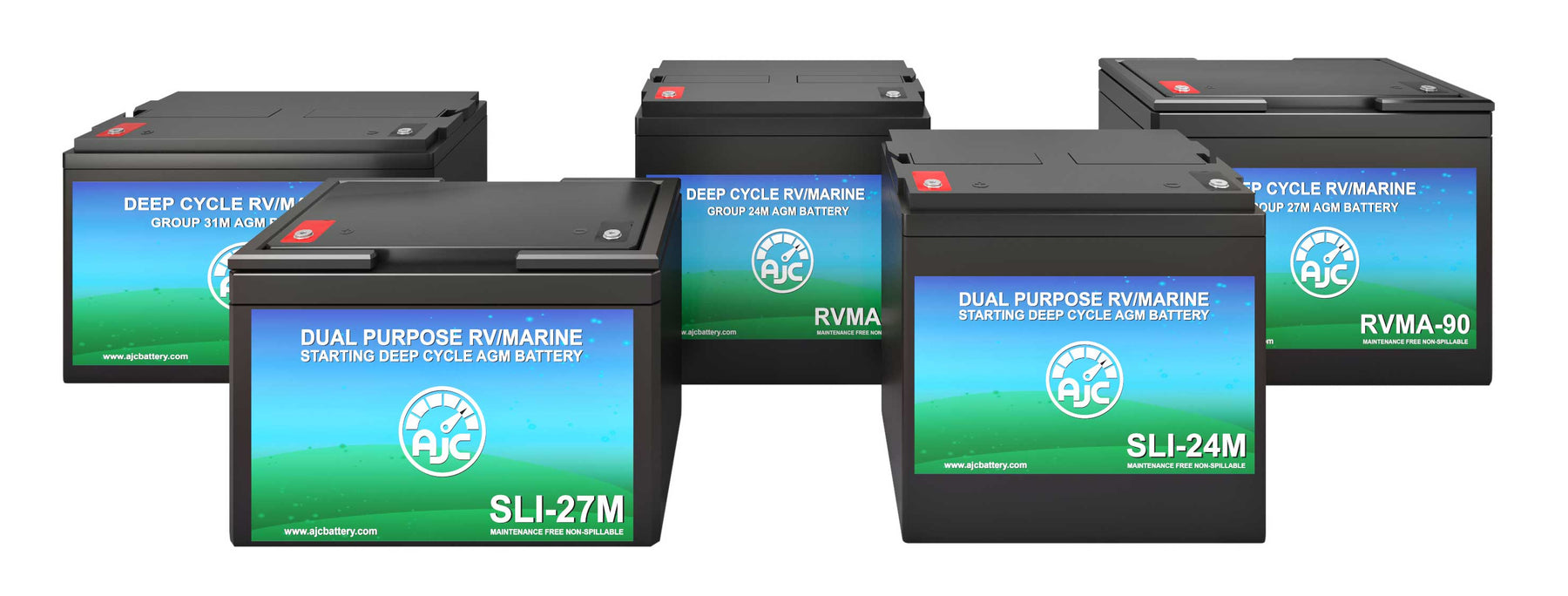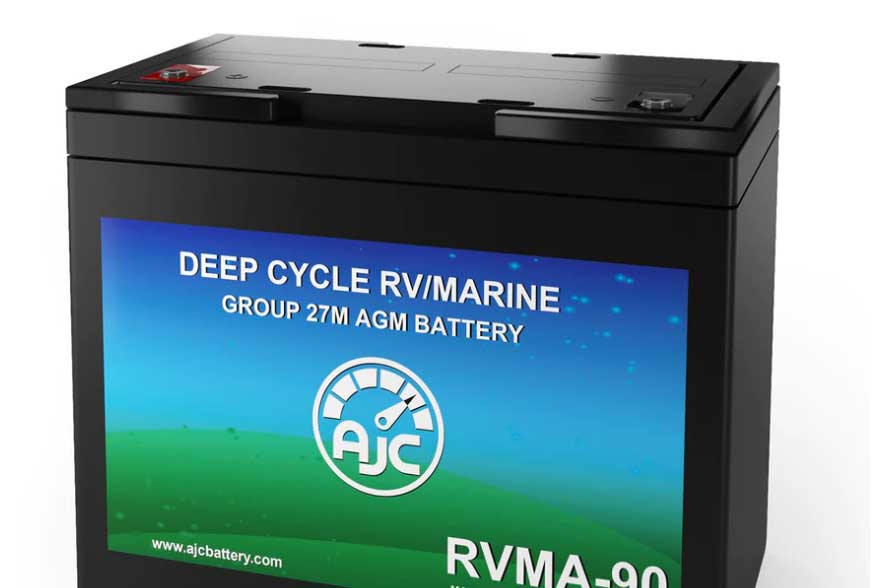What does the BCI Group Number on Batteries Mean?

You may have seen a number listed on your battery and wondered what it was. You may even be searching for a replacement battery and figure you can use that number in your search. You may have noticed that these numbers only appear on certain batteries. Whatever you’re reasoning whether it be curiosity or a search for replacement, the BCI group number is indeed a useful gauge when looking to replace your standard on automotive and marine batteries.
The BCI stands for Battery Council International. They are a trade association which started in 1924 to promote the interests of the lead battery industry and have their headquarters in Chicago. They set the standards for battery manufacturers in North America to ensure a level of consistency, especially where there can be limited physical space. The group numbers are based on the battery size which can be a critical component when you’re searching for a replacement. It also includes a few additional parameters which may not be as critical but helps to maintain that level of consistency. The Group number specifics include:
- Physical size of battery – length, width and height.
- Battery voltage
- Types of terminals on the battery
- Overall configuration
While there are BCI Group number charts available, the best place to look is on the battery itself. Some batteries may have the BCI Group number hidden or obscure, but AJC offers a pretty clear view of what group number the battery represents.

The above image clearly shows a Group 27 replacement battery. Along with the group-size numbers, you might see letters printed on your battery. For marine applications, look for group sizes indicating the letter “M.” These batteries are designed for watercraft applications. Some also include T, F, R, H and others which represent specific characteristics, T is tall, R for Reverse polarity, but for all intents and purposes, the number should be the primary requirement.
BatteryClerk carries several BCI Group sizes including 24, 27, 31 all with Marine specifications which means that they will be waterproof and can handle extreme conditions. Although you may find the right group size for your vessel, don’t use a battery without the “M” designation. The internal construction won’t work in the long run for your boat. Batteries will decline with rapid ease. Don’t leave yourself stranded with an improper battery.
These are also suitable for RV’s and travel Trailers. You may also spot the U1 group number on the BatteryClerk website which is suitable as a starter battery for tractors and ride on lawnmowers.
Having standards in battery case sizes allows ensures there are no surprises when it comes to purchasing your replacement battery. Given that there may be limitations to the location the battery is installed, buying that replacement with the same BCI group number will ensure compatibility.
12 Volt Batteries by BCI Number
Dimensions: L 10.2 x W 6.61 x H 8.19 inches
BCI Group 27
Dimensions: L 12.05 x W 6.61 x H 8.19 inches
Dimensions: L 12.99 x W 6.85 x H 8.54 inches
Dimensions: L 7.76 in x W 5.12 in x H 6.7 in
